- Winter-Sowing Flowers for a Colorful Spring
- Tulips
- Pansies
- Sweet Peas
- Daffodils
- Anemones
- Violas
- Alyssum
- Cold-Tolerant Flowers for Early Blooms
- 1. Pansies (Viola tricolor)
- 2. Snowdrops (Galanthus sp.)
- 3. Primroses (Primula sp.)
- 4. Sweet Alyssum (Lobularia maritima)
- 5. Hellebores (Helleborus sp.)
- Perennials to Plant in January for Year-Round Beauty
- 1. Hellebores
- 2. Snowdrops
- 3. Winter Aconite
- 4. Winter Jasmine
- 5. Witch Hazel
- Annual Flowers to Sow Now for Summer Displays
- 1. Marigolds
- 2. Zinnias
- 3. Cosmos
- 4. Sunflowers
- 5. Nasturtiums
- 6. Sweet Peas
- Fragrant Flowers to Grow for Sensory Delight
- Hardy Flowers for Challenging Winter Conditions
- Snowdrops
- Winter Aconites
- Hellebores
- Pansies
- Primroses
- Native Flowers to Support Local Pollinators
- Why choose native flowers?
- Top native flowers for pollinators
- Creating a pollinator-friendly garden
- Unusual Flowers to Add a Unique Touch to Your Garden
- 1. Black Bat Flower
- 2. Chocolate Cosmos
- 3. Hellebores
- 4. Queen of the Night
- 5. Birds of Paradise
- 6. Orchids
- Questions and Answers:
- What are the best crops to sow for beautiful flowers in January?
- Can I sow sunflowers in January?
- How long does it take for pansies to flower after sowing?
- Do I need a greenhouse to sow flowers in January?
- Can I sow wildflower seeds in January?
- Videos: Top Five Easy Care Flowers for Your Garden (Great for Beginners!)
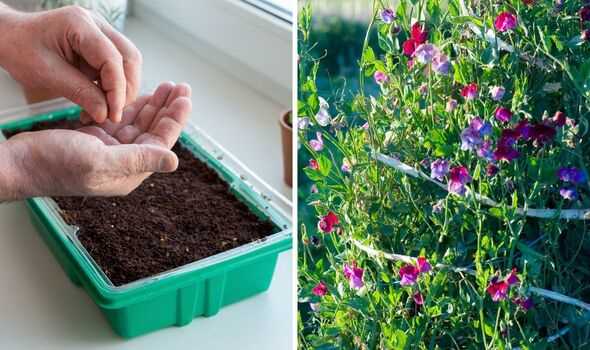
If you’re a gardening enthusiast looking forward to a year filled with beautiful flowers, January is the perfect time to start sowing your seeds. This is the month when the weather begins to warm up and the days start to lengthen, providing optimum growing conditions for many flower varieties. By sowing in January, you’ll give your plants a head start and be rewarded with vibrant blooms in the coming months.
One of the best crops to sow in January is sweet peas. These fragrant flowers are a classic choice for any garden and can be started indoors or in a greenhouse. Sowing sweet peas early in the year will give them plenty of time to establish strong roots and develop strong stems, which will result in larger and more prolific blooms. Plus, starting them early will mean you’ll have sweet peas for cutting and enjoying indoors as well as in your garden.
Another excellent choice for January sowing is the pansy. Pansies are known for their bright, cheerful faces and their ability to tolerate cooler temperatures. Sowing pansy seeds in January will allow them to germinate and establish well before the warmer spring days arrive. These cool-season flowers will thrive in containers, borders, or beds, filling your garden with color during the early spring months when many other plants are still awakening from their winter slumber.
Sowing in January, you’ll give your plants a head start and be rewarded with vibrant blooms in the coming months.
If you’re looking to add some height and drama to your garden, consider sowing tall and majestic delphiniums in January. These stunning perennials can reach heights of up to six feet and come in a range of striking colors, making them a focal point in any garden. Get a head start on growing delphiniums by sowing the seeds indoors and transplanting the seedlings outside in late spring. With their impressive flower spikes and lush foliage, delphiniums are sure to be the talk of the town when they bloom in the summer.
Don’t miss out on the opportunity to sow these beautiful flowers in January. Start your gardening year off right by getting your hands dirty and sowing your favorite flower seeds. With a little care and attention, you’ll be rewarded with a stunning display of blooms that will brighten up your garden throughout the year.
Winter-Sowing Flowers for a Colorful Spring
Winter may be a time when many plants and flowers go dormant, but that doesn’t mean you can’t enjoy a vibrant and colorful garden come spring. By winter-sowing flowers, you can start the growing process early and have beautiful blooms as soon as the weather warms up. Here are some flowers you can sow in January for a colorful spring:
Tulips
Tulips are a classic spring flower known for their vibrant colors and elegant shape. By sowing tulip bulbs in January, you can ensure they have enough time to establish their root systems before the growing season begins. Choose from a wide range of colors and varieties to create a stunning display in your garden.
Pansies
Pansies are cold-hardy flowers that are perfect for winter-sowing. They come in a variety of colors and have a delicate, yet vibrant appearance. Sow pansy seeds in January, either in containers or directly in the ground, and enjoy their cheerful blooms when spring arrives. Pansies are also known for their ability to attract butterflies and other pollinators.
Sweet Peas
Sweet peas are beloved for their fragrant and colorful flowers. Sowing sweet pea seeds in January allows them to develop strong root systems and withstand the cool spring temperatures. These climbing plants can add height and a lovely fragrance to your garden.
Daffodils
Daffodils are one of the first flowers to bloom in the spring, and they are known for their cheerful yellow and white colors. By winter-sowing daffodil bulbs in January, you can enjoy their beautiful blooms as early as March or April. Plant them in groups or mix them with other spring-flowering bulbs for a stunning display.
Anemones
Anemones are delicate flowers with paper-thin petals that come in a variety of colors. Sow anemone corms in January, and you’ll be rewarded with their graceful blooms in the early spring. They can thrive in both containers and garden beds, making them a versatile choice for winter-sowing.
Violas
Violas, also known as Johnny-jump-ups, are small yet vibrant flowers that are perfect for adding pops of color to your winter garden. Winter-sow viola seeds in January, and you’ll have a charming display of blooms in early spring. They are also great for attracting pollinators.
Alyssum
Alyssum is a low-growing flower that blooms in clusters of tiny, fragrant flowers. Sow alyssum seeds in January, and you’ll be greeted with their delicate blooms as soon as the weather warms up. They are great for edging, containers, and filling in gaps in the garden.
| Flower | Sowing Method |
|---|---|
| Tulips | Plant bulbs in the ground or containers |
| Pansies | Sow seeds in containers or directly in the ground |
| Sweet Peas | Sow seeds in containers or directly in the ground |
| Daffodils | Plant bulbs in the ground or containers |
| Anemones | Plant corms in the ground or containers |
| Violas | Sow seeds in the ground or containers |
| Alyssum | Sow seeds in the ground or containers |
Cold-Tolerant Flowers for Early Blooms
During the cold winter months of January, it can be challenging to find flowers that will bloom and thrive. However, there are several cold-tolerant flower varieties that can be sown in January to ensure early blooms. These flowers can withstand the colder temperatures and provide beautiful colors and fragrances to your garden.
1. Pansies (Viola tricolor)
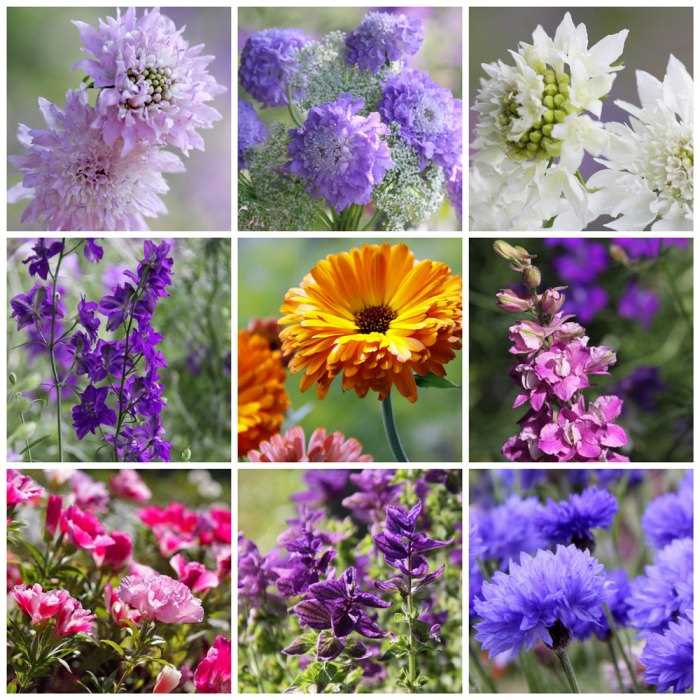

Pansies are one of the most popular cold-tolerant flowers for early blooming. They come in a wide variety of colors and have a lovely fragrance. Pansies can tolerate temperatures as low as 20°F (-6.7°C) and thrive in cool weather. Sow the seeds indoors in January and transplant them outdoors once the frost has passed.
2. Snowdrops (Galanthus sp.)
Snowdrops are delicate white flowers that are among the first to bloom in late winter or early spring. They can tolerate freezing temperatures and even push their way through snow-covered ground. Sow snowdrop bulbs in January for early blooms that will add a touch of elegance to your garden.
3. Primroses (Primula sp.)
Primroses are colorful flowers that can tolerate cold temperatures and bloom early in the year. They come in various colors, including pink, purple, yellow, and white. Sow the seeds in January and provide them with adequate sunlight and well-draining soil for optimal growth.
4. Sweet Alyssum (Lobularia maritima)
Sweet Alyssum is a cold-tolerant flower that produces clusters of tiny fragrant flowers. It can withstand temperatures as low as 20°F (-6.7°C). Sow the seeds indoors in January and transplant them outdoors once the threat of frost has passed. Sweet Alyssum is an excellent choice for borders, beds, and containers.
5. Hellebores (Helleborus sp.)
Hellebores, also known as Lenten roses, are evergreen perennials that bloom in late winter or early spring. They can tolerate freezing temperatures and thrive in shady areas. Sow Hellebore seeds indoors in January and transplant them outdoors once the weather warms up. Their unique flowers come in a variety of colors and add beauty to any garden.
By sowing these cold-tolerant flowers in January, you can enjoy early blooms and add a splash of color to your garden during the winter months. Remember to provide them with the right growing conditions and protect them from extreme weather to ensure their success.
Perennials to Plant in January for Year-Round Beauty
While many flowers die off during the winter months, there are several hardy perennials that can add beauty to your garden year-round. By planting these perennials in January, you can enjoy their colorful blooms throughout the year. Here are some top choices:
1. Hellebores
Hellebores, also known as Lenten roses, are one of the earliest blooming perennials of the year. They come in a variety of colors, including shades of white, pink, purple, and green. Hellebores are perfect for adding a pop of color to your winter garden and they are also deer-resistant.
2. Snowdrops
Snowdrops are one of the first flowers to bloom in the winter. These delicate white flowers are often found poking through the snow, giving them their name. Snowdrops look beautiful when planted en masse and they can also naturalize and spread over time.
3. Winter Aconite
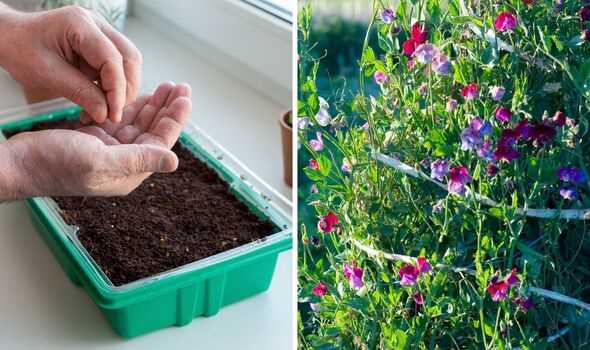

Winter aconite is another early bloomer that can add vibrant yellow flowers to your garden in January. These small flowers are a sight for sore eyes after a long winter and can bloom even when there is still snow on the ground.
4. Winter Jasmine
Winter jasmine is a climbing shrub that can add a burst of yellow to your garden in the winter months. It is known for its bright yellow flowers and fragrant scent. Winter jasmine is a great choice for growing along fences or trellises.
5. Witch Hazel
Witch hazel is a unique perennial that blooms in the winter when many other plants are dormant. It produces spidery yellow or orange flowers that have a delightful fragrance. Witch hazel can grow as a shrub or small tree and is a great addition to any winter garden.
By planting these perennials in January, you can enjoy their beauty and color year-round. Remember to choose plants that are suitable for your specific climate and growing conditions. Happy gardening!
Annual Flowers to Sow Now for Summer Displays
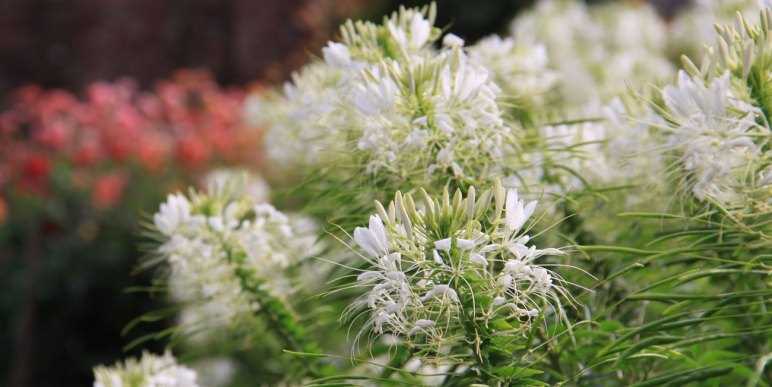

Sowing annual flowers in January is a great way to ensure a stunning display of color in your garden during the summer months. By starting early, you give the plants plenty of time to grow and establish themselves before the warmer weather arrives. Here are some annual flowers that you can sow in January for beautiful summer displays:
1. Marigolds
Marigolds are vibrant flowers that come in various shades of yellow and orange. They are easy to grow from seeds and can be sown directly into the soil. Marigolds are known for their ability to repel pests, making them a great addition to any garden.
2. Zinnias
Zinnias are another colorful flower that blooms during the summer. They are available in a wide range of vibrant colors and can be sown directly into the soil in January. Zinnias are known to attract butterflies and bees, making them ideal for pollinator-friendly gardens.
3. Cosmos
Cosmos flowers are delicate and dainty, adding a touch of elegance to any garden. They come in shades of pink, white, and purple and can be sown directly into the soil. Cosmos flowers are drought-tolerant and low-maintenance, making them a popular choice for summer displays.
4. Sunflowers
Sunflowers are well-loved for their large and vibrant blooms. They can be sown directly into the soil in January and will grow into tall and impressive plants. Sunflowers are known for their ability to turn towards the sun, adding a dynamic element to your garden.
5. Nasturtiums
Nasturtiums are edible flowers that are both beautiful and delicious. They come in vibrant shades of orange, yellow, and red and can be sown directly into the soil in January. Nasturtiums are known for their peppery flavor and can be used to garnish salads or decorate cakes.
6. Sweet Peas
Sweet peas are delicate flowers that are highly fragrant. They come in a variety of colors and can be sown in January for summer blooms. Sweet peas are climbing plants that will need support as they grow, making them a great choice for trellises or fences.
Sowing these annual flowers in January will ensure that you have a vibrant and colorful garden to enjoy during the summer months. Remember to provide them with the necessary care and attention they need to thrive, such as regular watering and fertilizing. Happy gardening!
Fragrant Flowers to Grow for Sensory Delight
Planting fragrant flowers in your garden can add an extra level of sensory delight to your outdoor space. The intoxicating scents of these flowers can uplift your mood and create a calming atmosphere. Here are some fragrant flowers that you can grow for sensory delight:
- Jasmine: Known for its sweet and exotic scent, jasmine is a popular choice for gardens. It blooms in late spring or early summer and is best grown in warm climates.
- Lavender: With its soothing aroma, lavender is a versatile plant that can be grown in gardens or even in containers. It blooms in summer and attracts bees and butterflies.
- Roses: The classic symbol of love, roses come in various scents and colors. Some roses have a strong fragrance, while others have a subtle scent. Choose the fragrance that suits your preference.
- Lilac: Lilacs are known for their strong and sweet scent. These beautiful flowers bloom in spring and come in shades of purple, pink, and white.
- Honeysuckle: Honeysuckle vines produce vibrant flowers that emit a sweet fragrance, especially in the evening. They are easy to grow and can attract hummingbirds and butterflies.
These are just a few examples of fragrant flowers that you can grow for sensory delight. Remember to choose flowers that suit your climate and gardening conditions. Enjoy the captivating scents of these flowers and create a beautiful sensory experience in your garden.
Hardy Flowers for Challenging Winter Conditions
Winter can be a challenging time for gardeners, with cold temperatures and harsh weather conditions making it difficult for many flowers to survive. However, there are some hardy flowers that are able to withstand these challenging conditions and still provide beautiful blooms during the winter months. If you are looking for flowers that can brave the winter weather, here are a few options to consider:
Snowdrops
Snowdrops are one of the first flowers to bloom in late winter or early spring, often pushing through the snow to reveal their delicate white flowers. These small, hardy flowers are able to withstand frost and cold temperatures, making them ideal for winter gardens.
Winter Aconites
Winter aconites are another early-blooming flower that can withstand cold winter conditions. These bright yellow flowers have a cup-like shape and can often be seen blooming in January or February. They are particularly well-suited to woodland gardens and can naturalize well in the right conditions.
Hellebores
Hellebores, also known as Lenten roses, are a winter-flowering perennial that can add a pop of color to your garden during the winter months. These flowers come in a variety of colors, including shades of pink, purple, and white. They are able to withstand cold temperatures and can often be seen blooming in late winter or early spring.
Pansies
Pansies are a popular flower for winter gardens, thanks to their ability to tolerate cold temperatures. These charming flowers come in a wide range of colors and can add cheer to any winter landscape. Pansies are a great option for container gardens and can be easily mixed with other cold-tolerant plants.
Primroses
Primroses are another hardy flower that can brighten up a winter garden. These flowers come in a variety of colors, including shades of yellow, pink, and purple. Primroses are able to withstand cold temperatures and can often be seen blooming in late winter or early spring.
When choosing hardy flowers for your winter garden, it is important to consider your specific climate and growing conditions. Some flowers may be better suited to colder regions, while others may thrive in milder winter climates. Additionally, providing some protection for your winter flowers, such as mulching or using cold frames, can help them weather the storm and continue to bloom throughout the winter season.
Native Flowers to Support Local Pollinators
Planting native flowers in your garden is not only a beautiful way to add color and diversity to your landscape, but it also plays a crucial role in supporting local pollinators. Native flowers have evolved alongside native pollinators, such as bees, butterflies, and birds, and provide them with the food and habitat they need to thrive.
Why choose native flowers?
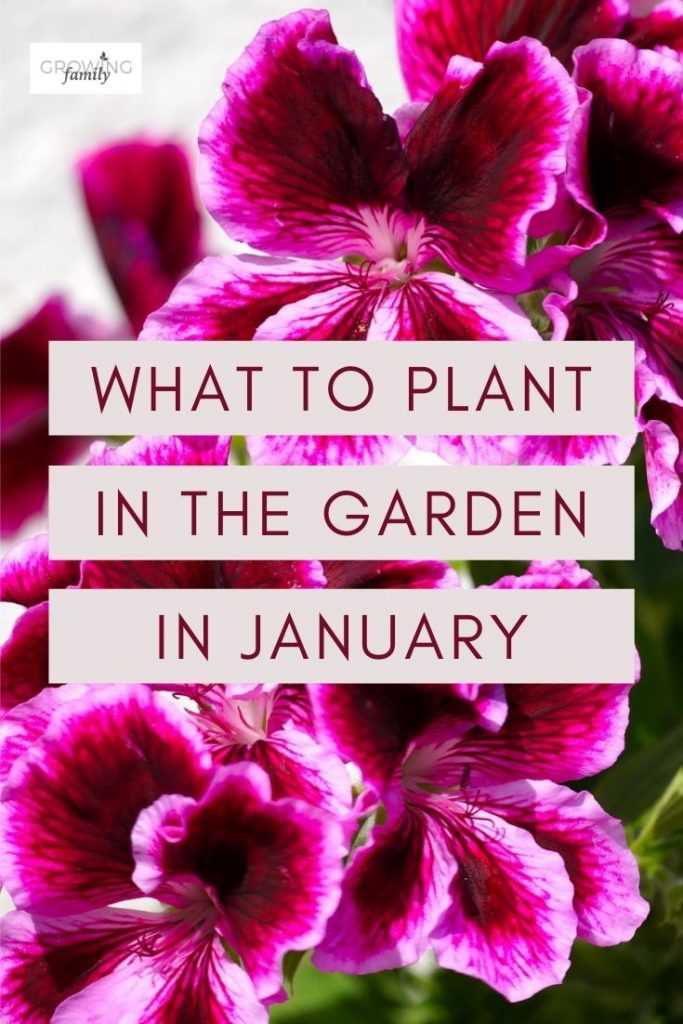

Native flowers are adapted to the local climate, soil conditions, and pests, making them easier to grow and maintain. They also attract a wide variety of native pollinators, which are essential for the pollination of fruits, vegetables, and other plants. By planting native flowers, you are creating a sustainable and biodiverse ecosystem that supports the local environment.
Top native flowers for pollinators
Here are some of the best native flowers to attract and support local pollinators:
- Milkweed: Milkweed is a favorite among monarch butterflies, whose caterpillars exclusively feed on its leaves. Planting milkweed will not only attract monarch butterflies but also provide a crucial host plant for their reproduction.
- Goldenrod: Goldenrod is a late-season bloomer that provides a rich source of nectar for bees and butterflies. It is also a host plant for many beneficial insects.
- Lupine: Lupine produces vibrant flowers that are highly attractive to bees and other pollinators. It is also beneficial for fixing nitrogen in the soil.
- Black-eyed Susan: Black-eyed Susan is a native wildflower that attracts a wide range of pollinators, including bees, butterflies, and hummingbirds.
These are just a few examples of the native flowers you can plant to support local pollinators. It’s important to choose a variety of flowers that bloom at different times of the year to provide a continuous food source for the pollinators.
Creating a pollinator-friendly garden
In addition to planting native flowers, there are other ways you can create a pollinator-friendly garden:
- Provide a water source: Place a shallow dish with water in your garden to provide a drinking spot for pollinators.
- Avoid pesticides: Use organic pest control methods to avoid harming pollinators.
- Create habitat: Incorporate native grasses, shrubs, and trees in your garden to provide nesting sites and shelter for pollinators.
- Leave some bare soil: Many native bees and butterflies need bare soil for nesting.
- Offer a variety of flower shapes: Different pollinators have different tongue lengths to access nectar, so provide flowers with different shapes and sizes.
By following these tips and planting native flowers, you can create a welcoming environment for local pollinators and contribute to the overall health and biodiversity of your garden.
Unusual Flowers to Add a Unique Touch to Your Garden
Adding unique and uncommon flowers to your garden can help create an intriguing and eye-catching space. Here are some unusual flowers you can consider planting:
1. Black Bat Flower
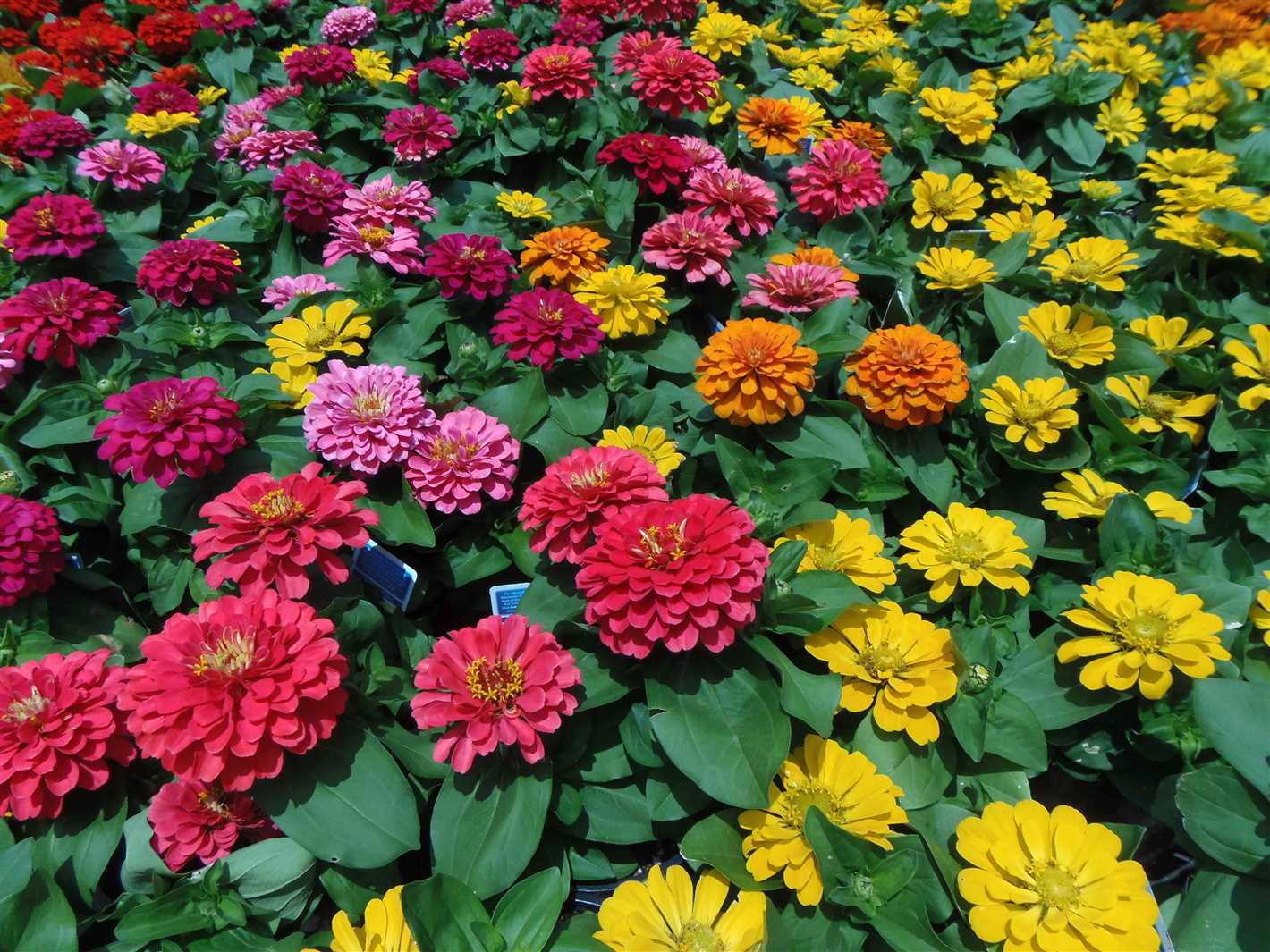

The Black Bat Flower (Tacca chantrieri) is a striking flower with dark purple to black petals that resemble bat wings. It has long, hanging whiskers that further enhance its unusual appearance. This flower is sure to be a conversation starter in any garden.
2. Chocolate Cosmos
The Chocolate Cosmos (Cosmos atrosanguineus) is a captivating flower that not only has a deep maroon color but also emits a chocolatey fragrance. It is a rare flower that can add a touch of elegance and a delightful scent to your garden.
3. Hellebores
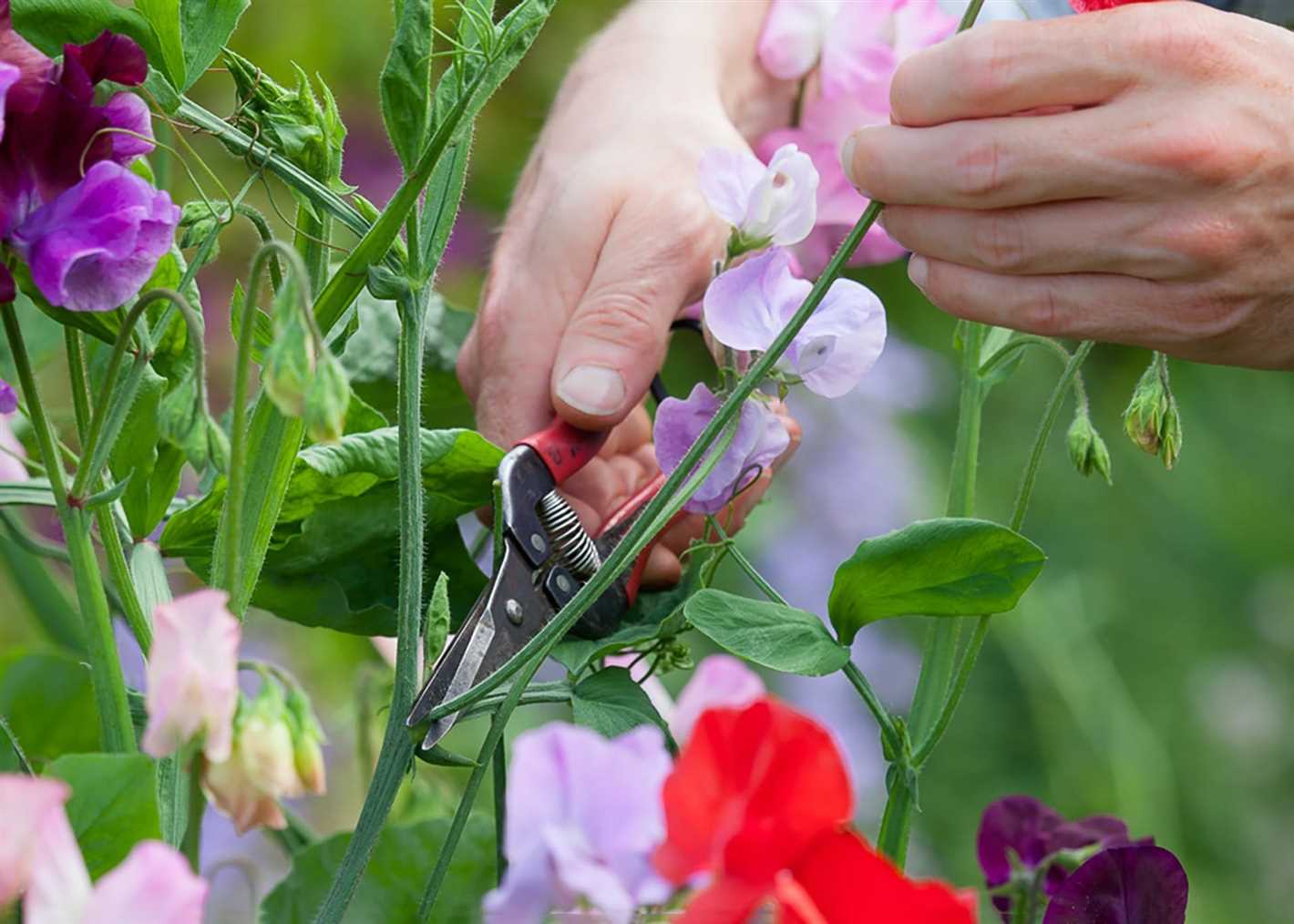

Hellebores (Helleborus) are a group of flowers that bloom in winter or early spring. These flowers come in a variety of colors, including unique shades of green and purple. Their ability to bloom during the colder months makes them a wonderful addition to any winter garden.
4. Queen of the Night
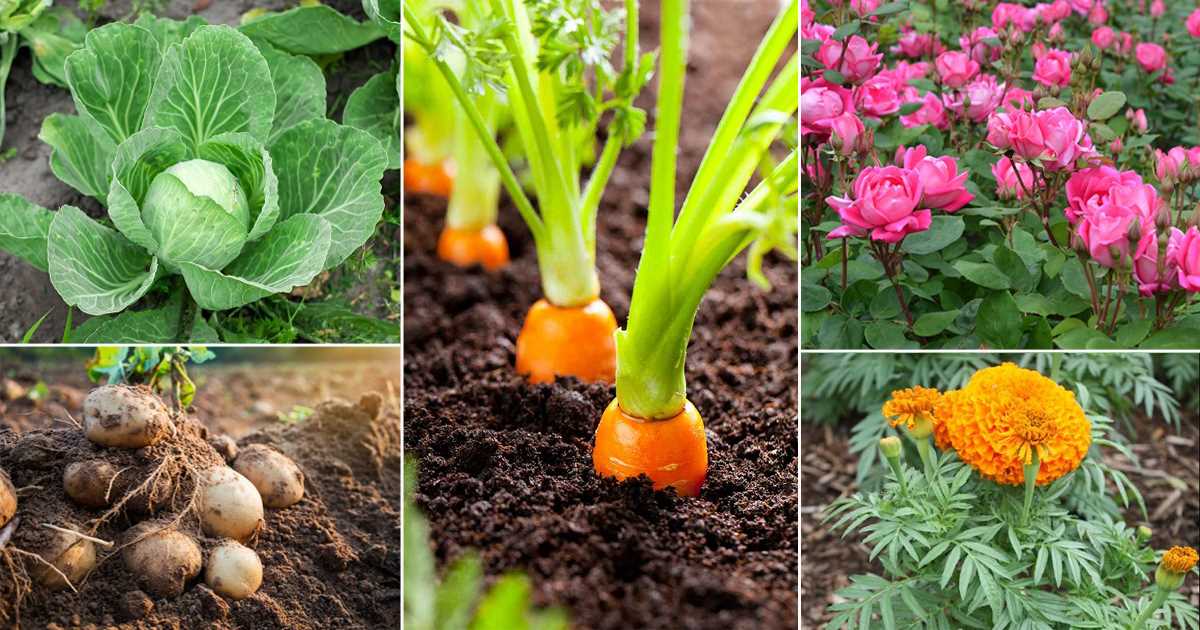

The Queen of the Night (Selenicereus grandiflorus) is a night-blooming cactus that produces large, fragrant white flowers. What makes this flower unique is its nocturnal bloom, releasing its mesmerizing scent and beauty after the sun sets. It can add a touch of mystery and allure to your garden.
5. Birds of Paradise
Birds of Paradise (Strelitzia reginae) are known for their vibrant, tropical appearance and unique shape. These flowers have bright orange and blue petals that resemble the plumage of exotic birds. Adding Birds of Paradise to your garden can create a stunning and exotic atmosphere.
6. Orchids
Orchids are a diverse group of flowers with a wide range of sizes, colors, and shapes. They are known for their beautiful and intricate blooms that can have unique patterns and color combinations. Orchids can be an elegant and fascinating addition to any garden.
Adding these unusual flowers to your garden can help create an extraordinary and memorable space. Whether you choose the mesmerizing Black Bat Flower or the alluring Queen of the Night, these flowers are sure to add a unique touch to your outdoor oasis.
Questions and Answers:
What are the best crops to sow for beautiful flowers in January?
The best crops to sow for beautiful flowers in January are pansies, sweet peas, snapdragons, calendula, and dianthus.
Can I sow sunflowers in January?
It is not recommended to sow sunflowers in January as they prefer warmer temperatures. It is best to wait until the last frost has passed before sowing sunflower seeds.
How long does it take for pansies to flower after sowing?
After sowing pansy seeds, it typically takes about 10-12 weeks for them to flower.
Do I need a greenhouse to sow flowers in January?
A greenhouse is not necessary to sow flowers in January, but it can help provide a controlled environment and protect the seedlings from extreme weather conditions.
Can I sow wildflower seeds in January?
It is generally not recommended to sow wildflower seeds in January as they are more suitable for sowing in the spring or fall. However, some cold-tolerant varieties may be suitable for sowing in January.







